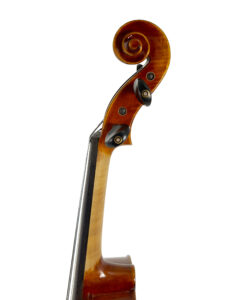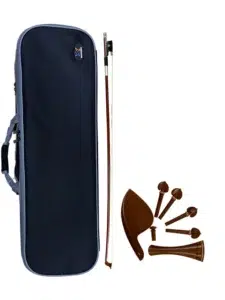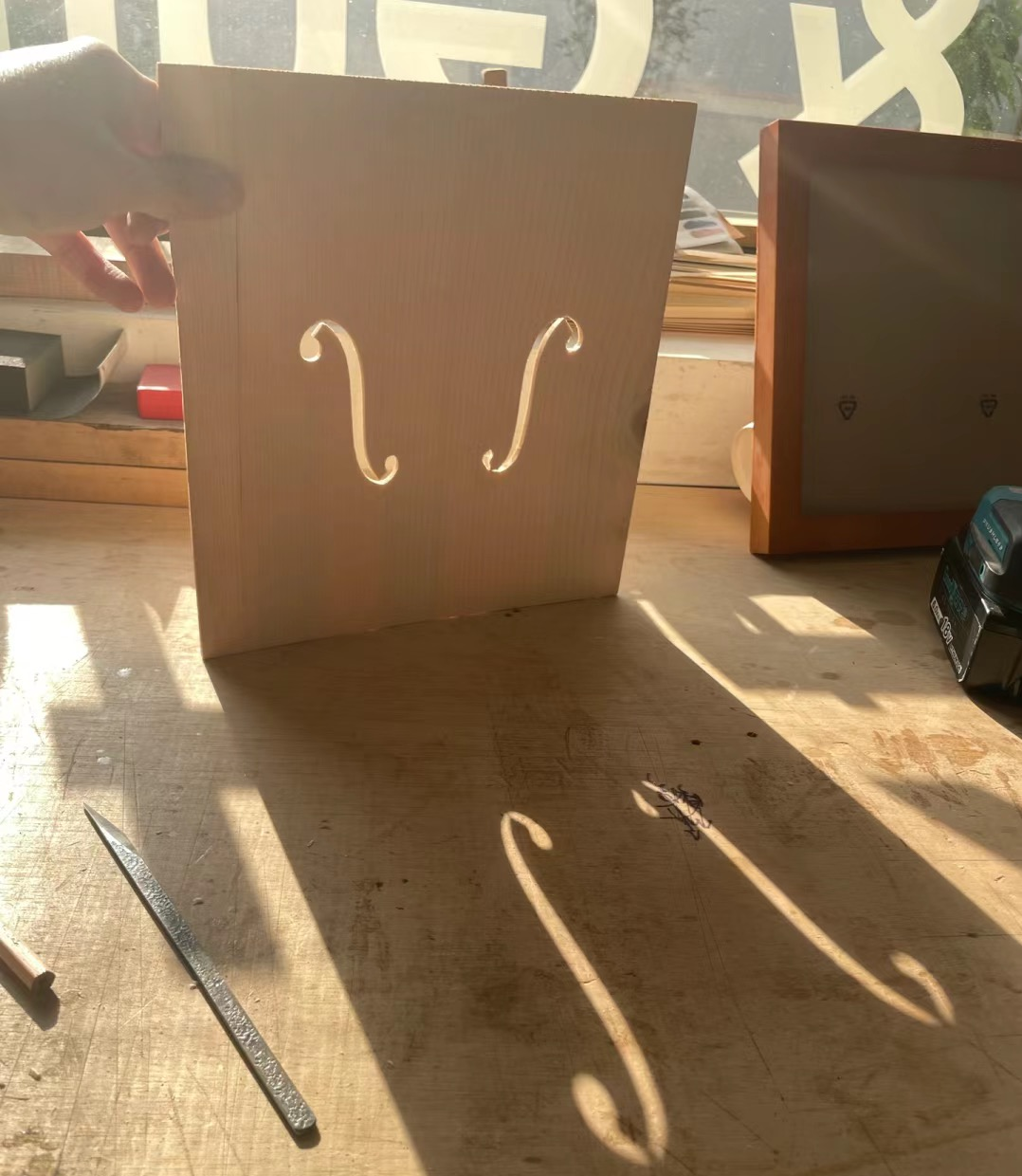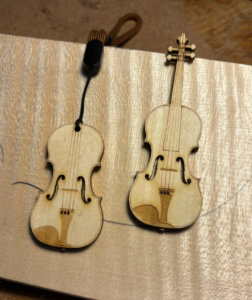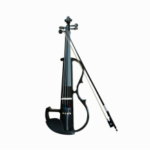Is it expensive to learn violin?
Learning the violin requires taking lessons, purchasing violins and accessories, etc. These all have different costs depending on the region where the learner is located. Generally speaking, tuition fees in developed areas will become more expensive due to the concentration of high-quality teachers. The cost of learning the violin is relative. The cost of learning the violin depends on the local environment’s consumption level. The family environment is good; the cost of learning the violin is not high and can be afforded by ordinary families. The price is not significant at the beginning. In the later stages of learning, you will need to seek better teacher guidance.
You need to understand the cost of violin courses.
The average cost of violin lessons is usually between $45- $85 per hour. However, the teacher's experience may lead to an increase in course fees. If a teacher with rich teaching experience teaches courses at a university and teaches students separately, the tuition fee will increase.
While learning the violin, one must purchase sheet music, tutorial books, music theory books, and other supplementary books.
How much does it cost to buy a violin?
Many people are unsure if they will initially persist in learning the violin and choose to buy a basic violin, which costs tens to hundreds of dollars. However, because they initially choose a cheap violin, they may only purchase violin toys, which affects their learning progress. Generally speaking, a violin worth two hundred dollars is more suitable for beginners.
Another way to obtain a violin is by renting it. Leasing is calculated every month and costs around $30 per month. This way, you don't need to spend a lot of money to buy a violin, and as you progress, you can continue to increase rent to replace a better violin. The violin has several sizes and needs to be constantly replaced as learners transition from adolescence to adulthood.
How much do violin accessories cost?
Violin accessories include strings, bridge, violin fine-tuning, rosin for the bow, tuner, and more.
Generally speaking, when purchasing a violin, all accessories are complete. So, at the beginning, you can use these first; if you need to add them later, you can purchase them. The price of accessories is determined by the material, ranging from tens to hundreds of dollars?
Violin bow
A Violin bow is an integral part of the violin, and a bow that suits one's hand feel can help one learn violin techniques. Initially, you can use the equipped bow, which ranges from tens to hundreds of dollars.
Other expenses
Other expenses for the violin include maintenance and repairs in case of accidents.
How many months does it take to learn the violin?
Learning the violin takes a long time, and a few months can only be considered the beginning of learning the violin. It takes several to ten years to play beautiful songs.
How much does the violin class cost?
Accumulated learning can cost tens of thousands to hundreds of thousands of dollars, but if it increases to hundreds of thousands due to regional factors such as attending courses taught by renowned teachers and using good violins, the difficulty of learning progress will increase, leading to an increase in course costs.
The current curriculum is divided into half-hour and one-hour standard courses. Online courses have better price elasticity than offline courses, resulting in lower prices. Offline courses also require additional time on the journey.
The cost introduction below shows that if you start learning, you must pay for course fees and after-school practice time.
The average cost of American violin courses
The average cost of violin classes in the United States is approximately $65-75 per hour.
Canadian violin course average cost
The average cost of Canadian violin courses is approximately $60-75 per hour (in Canadian dollars).
UK violin course average cost
The average cost of violin courses in the UK is around 38-45 pounds per hour; across Europe, it is around 40-50 euros.
Types of Volin Class
There are several types, the most common of which are one-on-one private classes with violin teachers and group classes that can be attended. Some may choose to self-study if it is an adult learning violin, and children can also participate in extracurricular activities with a school band.
Private 1-on-1 courses
It is fully handcrafted by Liu Sen Luthier.
Includes a Brazilwood bow to match the violin.
Equipped with Dominant strings for you, please note in your order if you prefer.
Rosewood fittings with chin rest, draw plate, and string spindles are included.
Includes two bridges, one of which is a professional French Aubert bridge.
Installing a professional Italian tail rope will make the sound even better.
Multi-person group course
Suppose a child is learning musical instruments at school. In that case, they are likely studying together with their classmates. In such a group environment, everyone strives to play better, and a healthy, competitive environment will result in lower tuition fees than one-on-one courses. The disadvantage is that teachers teach based on the progress of most children without targeting or exploring their characteristics.
Live Course
Live courses are conducted through the internet and software platforms, combining teachers and students online at the same time. The live teaching method includes one-on-one courses and one-to-many group courses. This way, there is no need to go out to study, and learning the violin at home is convenient.
Recorded course
Recorded courses are a way for many adults to self-study. These courses are cheap and require them to study independently, requiring a lot of time and strong self-learning abilities. A recorded course is a teaching method in which students can learn step by step according to their progress after the teacher has recorded it once. The course is not targeted towards students and does not explain the course based on their understanding. It is only widely used and understandable to the general public.
Determinants of violin course prices
The main body of the course is the teacher and the students, and the process is for the teacher to teach the students how to practice and master the violin, so the two are a two-way choice.
Teacher's Experience and Style
The teacher has not yet formed their teaching style at the beginning of teaching. Gradually, through their accumulated teaching experience, they should be strict, gentle, and patient when encountering students.
Teacher's Professional Knowledge
A teacher should possess professional knowledge in the field and be able to teach students. In the beginning, teach students to understand the violin and discuss its history. Violin teachers should also learn progress and supplement corresponding music theory knowledge.
Course Market
The market for courses is the number of people who love violin, how many people learn violin, and how many people teach violin. In recent years, with the popularization of music education, more and more people have learned the violin, and the curriculum market is constantly upgrading and expanding. There are anticipated to be more opportunities to learn violin in the future.
Course Situation
With the development of e-commerce, violin products and courses can also be sold online, significantly expanding the violin industry market and segmenting the violin market. At the same time, it will also increase the violin industry's income, thereby promoting its development.
The future development trend of the violin industry is very optimistic. With the development of technology, the violin industry will become more perfect, the market will also expand, and the violin industry will receive more and more attention, thereby further promoting its development.
Remarks:
When purchasing a violin, get a standard violin bow from the industry as a gift. For future learning, a better bow requires buying a new one. The fur of a good bow can be used for about 12 months and needs to be replaced with practice time.
The strings of the violin need to be replaced entirely within 3-6 months.
